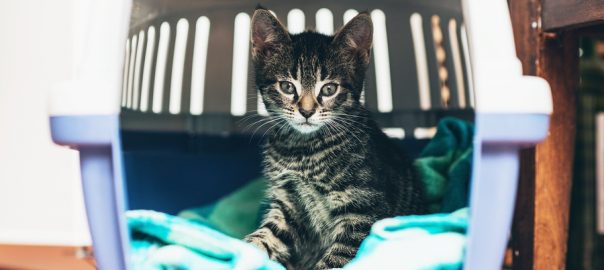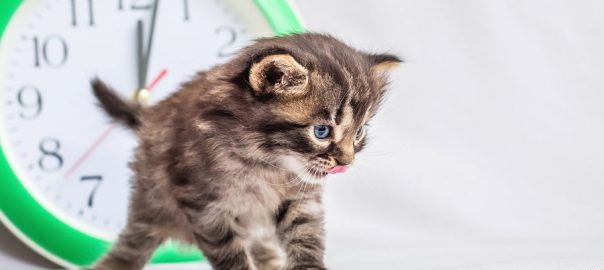Monday is Memorial Day in the U.S., a day to honor those who have their lives for our country and for freedom around the world. Among that number were many who never volunteered but still served: the dogs, birds, horses, and mules of war.
Kurt
Most people are aware of the incredible work done by military dogs, but may not know the story of Kurt, a Doberman who saved the lives of 250 Marines before becoming the first military dog to die on Guam during WWII.
In this moving post from the Shelter Medicine Program at the University of Florida, you can read both the history of dogs and their handlers and the inscription on the memorial at the War Dog Cemetery on Naval Base Guam honoring Kurt and other fallen canine heroes
25 Marine War Dogs gave their lives liberating Guam in 1944. They served as sentries, messengers, scouts. They explored caves, detected mines and booby traps. – SEMPER FIDELIS
Kurt, Yonnie, Koko, Bunkie, Skipper, Poncho, Tubby, Hobo Ni, Prince, Fritz, Emmy, Missy, Cappy, Duke, Max, Blitz, Arno, Silver, Brockie, Bursch, Pepper, Ludwig, Rickey, Tam (buried at sea off Asan Point).
Given in their memory and on behalf of the surviving men of the 2nd and 3rd marine war dogs platoons, many of whom owe their lives to the bravery and sacrifice of these gallant animals.
The Horses and Mules of War
Somewhere around one million American horses and mules served during World War I. The Horse Heroes website, operated by equine charity Brooke USA, writes:
These animals carried men into battle and wounded men to safety. They carried food, water, medical supplies, ammunition, gun carriages and other supplies to the front lines across difficult terrain, in brutal weather, often surrounded by dead and dying men and animals.
For these animals, the sights, sounds, and smells must have been as dreadful as they were for the men. They provided immeasurable support to the military, and only 200 came home after the war.
Reading those words breaks my heart. Honoring them is the very least we can do.
Cher Ami
We rarely remember the pigeons without whom early wartime military communications would have been impossible.
Cher Ami was a pigeon and a WWI war hero, saving the lives of 197 American soldiers trapped between our own forces and a German battalion who were being hammered by friendly and enemy fire that had killed more than 300 men.
Cher Ami was released with a message begging the US troops to stop the barrage. He was fired on by the Germans and hit three times, but survived and got his message through.
The men whose lives he saved nursed him back to health, even making him a tiny wooden leg to replace the one he’d lost.
The French awarded him the Croix de Guerre medal for bravery, and Cher Ami was saluted by General Pershing himself as he boarded a military ship to return home to the US. He died there a year later. You can read more about Cher Ami here.
In honor of them all this Memorial Day,
Dr. Marty Becker
“America’s Veterinarian”




